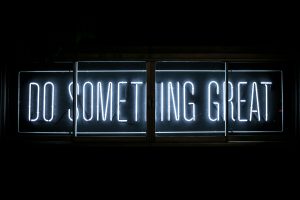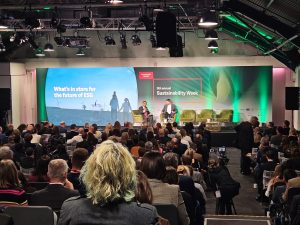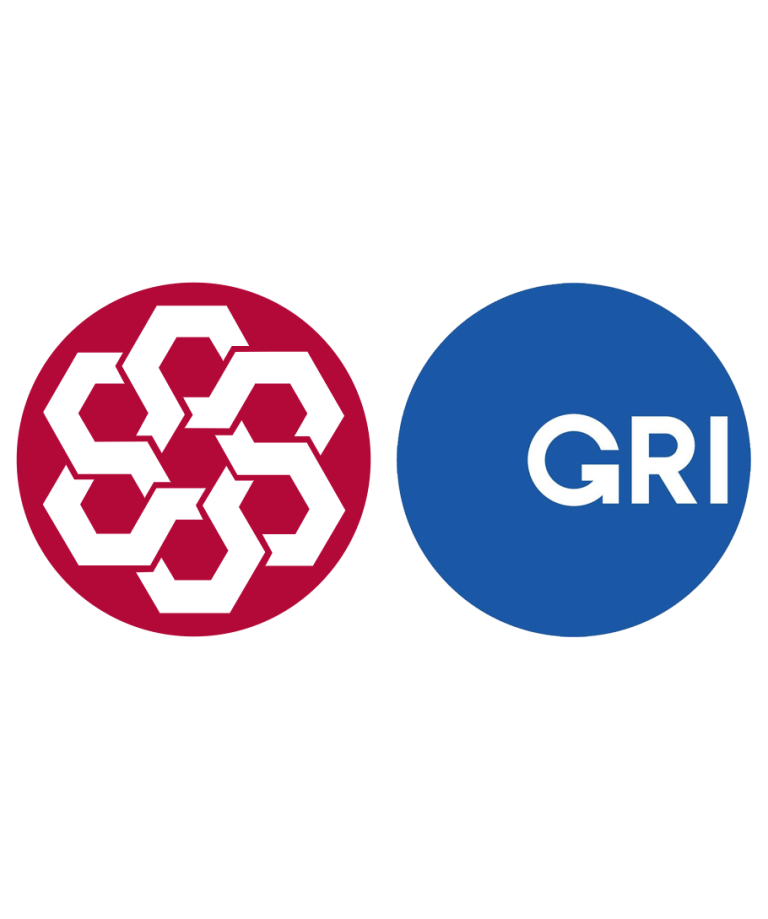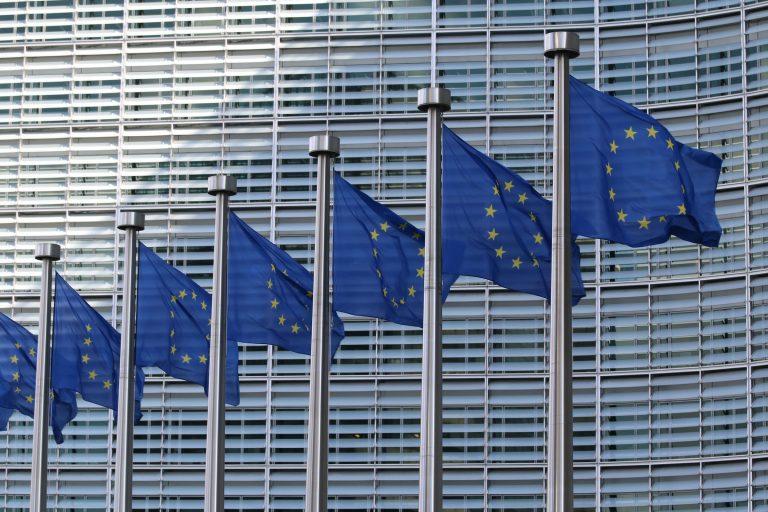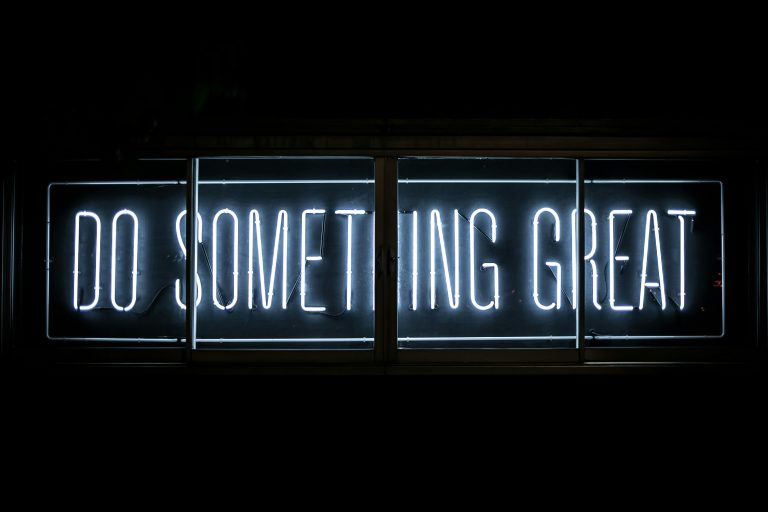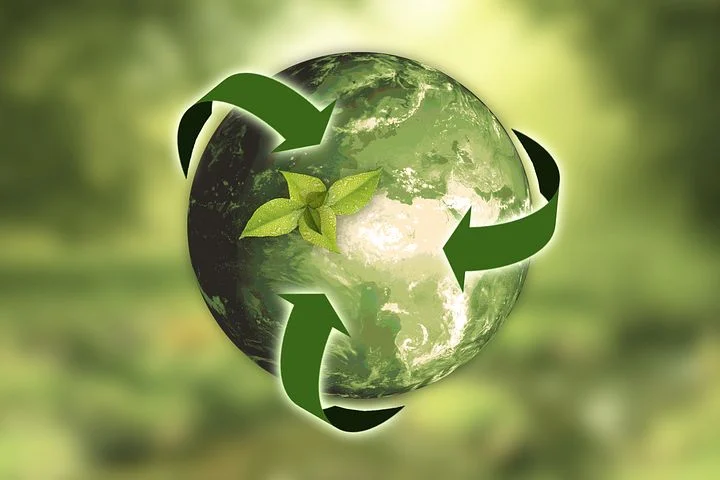
To carry out a LCA, you have to ask yourself the right questions (who will lead the project? what data is useful? how to communicate? etc.)
What are the stages of a LCA?
1. Definition of the objectives and scope of the study
2. Life Cycle Inventory (LCI)
3. Assessment of environmental impacts
4. Interpretation of results
When to do a LCA?
The analysis includes the entire product life cycle, i.e.:
1. Raw materials: extraction, processing, supply
2. Manufacture of the finished product: assembly, packaging, construction, etc.
3. Entry into circulation: distribution and marketing
4. Use of the product: unpacking, maintenance, etc.
5. End of life: collection, transport, recycling, waste treatment, etc.
Why do a LCA?
A life cycle analysis is used in particular to make choices about the entire process of building a product, such as reducing the environmental impact of this product.
LCA explainer: let’s dig in
Life Cycle Assessment (or “LCA”) is THE essential method for knowing the environmental impact of a product or service. But why perform an LCA? How to do it and what tools to use?
For a clear definition, LCA is an assessment method that quantifies the environmental impacts of a service or product throughout its life cycle. This method is, to date, the most successful and the most scientifically robust in terms of eco-design.
It was in the United States, in the 60s, that the first “life cycle” analyzes were carried out. In fact, the first study on ACV was carried out by Coca-Cola.
The life cycle of a product is made up of 5 phases:
1. Raw materials: extraction, processing, supply
2. Manufacture of the finished product: assembly, packaging, construction, etc.
3. Entry into circulation: distribution and marketing
4. Product use: unpacking, maintenance, etc.
5. End of life: collection, transport, recycling, waste treatment, etc.
The approach
We take into account in the study all the stages of the life cycle of a product, mentioned above, to identify the flows.
It corresponds to everything that goes into the manufacture of the product and everything that comes out. We then speak of incoming flows (resources of water, oil, gas, etc.) and outgoing flows (gaseous emissions, discharged liquid, etc.). Carrying out an LCA therefore includes a step of collecting information relating to the flows and quantifying them during the assessment.
Standards
This LCA method is said to be standardized. In other words, it is framed by the ISO 14040 standard and the 14044 standard. These international standards define the principles, requirements and methods of life cycle analysis.
They are part of ISO 14000 which govern the environmental management of companies.
As a reminder, the International Organization for Standardization (ISO) is a standardization body. ISO thus provides rules and guidelines for different activities.
What is a LCA used for?
A life cycle analysis is used in particular to make choices about the entire process of building a product. The results obtained make it possible, for example, to visualize the most polluting life cycle stages of a product in order to then find areas for improvement to reduce the environmental impact of this product.
It’s a bit the same principle as for a carbon footprint. Realizing the carbon footprint of your company is the first step in a process of reducing its emissions. A real tool, the carbon footprint is the diagnostic and self-assessment stage, before taking action.
LCA can be used to compare different options and thus deduce the best one. For example, for distribution, this makes it possible to know the environmental impact of several transport options and to compare them with each other.
With LCA, you can compare two products with the same function or two different products with the same function.
Overarching goal: reduce the environmental impact of your products
Once the LCA of the product has been obtained, you know its environmental impact and can thus take action to reduce it. This desire to design products that respect the principles of sustainable development and the environment is called eco-design.
For example, in the case of a pen, the raw materials have a significant environmental impact compared to use and distribution. To design a pen in a more responsible way, it is then necessary to focus on the extraction of these raw materials useful for the manufacture or construction of the product. The questions to ask: is it more interesting in terms of environmental impact to change to another material? Should I change raw material supplier?
LCA makes it possible to analyze the environmental footprint, so it is a very important tool in a company’s CSR strategy. It must therefore be included in the CSR report or in any other type of communication.
Example of a LCA:
In 2018, Nespresso commissioned Quantis, a leading consulting firm specialized in sustainability, to perform a life cycle assessment (LCA) of a cup of lungo coffee (110 ml) made from various coffee systems, at home, in Switzerland.
This study examined the life cycle of a cup of coffee from the extraction and processing of all raw materials through the end-of-life of all components, including packaging. The study assessed the impact of a lungo cup of coffee prepared using the Nespresso Original system in Switzerland compared with three other coffee preparation systems commonly found in the Swiss market: a moka, a drip filter and a full-automat system.
The LCA led to two main conclusions:
● The Life Cycle Analysis studies have shown that one of the biggest environmental impacts comes from the way coffee is prepared. Factors such as how much energy is needed to heat the water and how much coffee is wasted can have a significant impact on the results.
● Another major contributor to the environmental impact of coffee is at the agricultural stage. How much water is used in farming, carbon emissions from the agricultural processes, and any waste resulting from the farming stage must all be taken into account.
With the carbon footprint calculation and the Materiality Analysis, an LCA complements the basis of an effective environmental strategy for your business.




